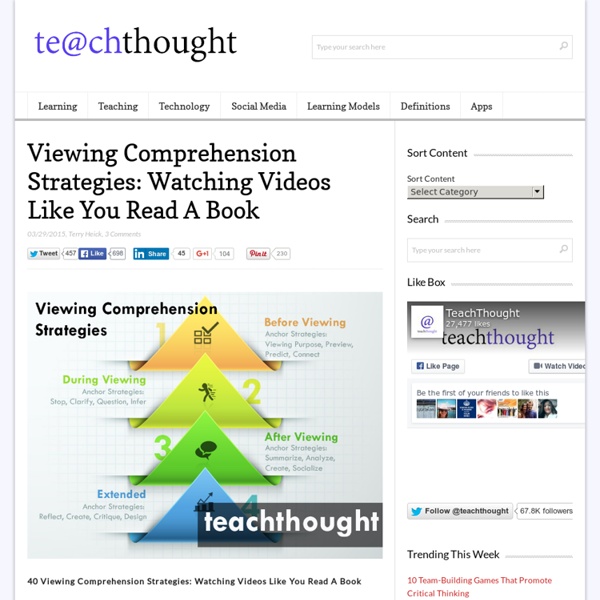5 Minute English - ESL Lessons - Helping you learn English
The Second Most Spoken Languages Around the World | Olivet Nazarene University
The most spoken language in any country is often obvious; usually, it’s the official language of the country. However, you can learn a lot about a country by analyzing its second most spoken language. More than 60 million Americans speak a language at home other than English, of the majority of these Americans reported to the U.S. Census Bureau that they spoke English “very well.” Throughout the United States, Spanish is the most common second language; however, in states like Louisiana, Maine, New Hampshire, and Vermont, French is the most commonly spoken second language, a reflection of their individual state histories. To accommodate students who speak a language other than English at home, English as a second language (or ESL) programs have become more prevalent as essential school programs. Share this Image On Your SitePlease include attribution to graduate.olivet.edu with this graphic
Numbers: Facts, Figures & Fiction
Click on cover for larger image Numbers: Facts, Figures & Fiction by Richard Phillips. Published by Badsey Publications. See sample pages: 24, 82, 103. Order in the UK and Europe from Badsey Publications. Order in Australia and NZ from AAMT. Order in the US and Canada from Parkwest. Have you ever wondered how Room 101 got its name, or what you measure in oktas? This new edition has been updated with dozens of new articles, illustrations and photographs. Some press comments – "This entertaining and accessible book is even more attractive in its second edition..." – Jennie Golding in The Mathematical Gazette "...tangential flights into maths, myth and mystery..." – Vivienne Greig in New Scientist ... and on the first edition – “Beautifully and devotedly made, this large thin book is a cheerful and eccentric guide to the integers...” –- Philip and Phylis Morrison in Scientific American “This delightful A4 book is a must for every school library. Contents – Details of the old hardback edition.
METRO MAP CREATOR
If you have the code for a map please paste it into the box below, then click "LOAD"LOAD CODE Alternatively you can chose a sample route.DefaultPoo Land Here is the code for your map. Copy this code to a text file on your computer if you want to carry on with your map at a latter date. SAVE AS IMAGE (low res)Quickly save the map at a low resolutionQUICK SAVEWhen the image appears, right click it and chose save SAVE AS IMAGE (high res)To save at a high resolution follow these steps...Firstly before doing anything else, copy the code above into the clipboard.Once you have done this THEN click here
ESL Vocabulary Powerpoint Presentations
English language vocabulary PowerPoints (PPTs) for teachers to teach kids new words about: weather, clothes, body parts, domestic animals, sports, jobs (professions), school, household items, bathroom, vegetables, fruit, birds, farm animals and more. All are free, download and practice. Body Parts PPT Practice vocabulary about body parts with this free ESL powerpoint slide. Aquatic Animals Practice vocabulary about aquatic animals with this free ESL powerpoint slide. Astronomy and Solar System Practice vocabulary about astronomy and solar system with this free ESL powerpoint slide. Infrastructure PPTs Practice vocabulary about infrastructure with this free ESL powerpoint slide. Clothing and Accessories Practice vocabulary about clothing and accessories with this free ESL powerpoint slide. Country capitals Practice vocabulary about country capitals with this free ESL powerpoint slide. Flags of Countries Practice vocabulary about flags of countries with this free ESL powerpoint slide. Domestic Animals
The 8 Steps of A Great Digital Storytelling Process
March , 2014 Integrating digital storytelling requires more than just knowledge of the web tools to use for creating and sharing digital stories, the process if much more important. Helping kids and students learn through the use of digital storytelling entails the implementation of a well-paced plan that clearly outlines both the objectives and expectations behind this integration. Samantha Morra (Google certified teacher) has this wonderful visual on the process of digital storytelling. Come with an ideaResearch/explore and learnWrite/ScriptStoryboard/PlanGather/create images, gather/create audio, gather create video.Put it all togetherShareFeedback and reflect If you are looking for some web tools for teaching digital storytelling, I would recommend this page.
Collège Marc Chagall - Interactive Books
Interactive Books in 2021 - 27 février Je remercie tous les professeurs et les élèves qui, pendant dix ans, ont utilisé mes livres interactifs. Afin de pouvoir continuer à les utiliser, vous allez avoir la possibilité de les télécharger pour une installation locale. Merci de respecter ce travail qui a nécessité un certain nombre d’heures.
Benjamin Franklin's Phonetic Alphabet
Benjamin Franklin took great interest in the promotion of spelling reform. While living in London in 1768 he wrote A Scheme for a new Alphabet and a Reformed Mode of Spelling in which he proposed a fairly accurate phonetic system for spelling English. The alphabet was published in 1779 in Franklin's Political, Miscellaneous, and Philosophical Pieces. His new phonetic alphabet consisted all the lowercase letters of the Latin alphabet, minus c, j, q, w, x, and y, which he thought redundant, plus six new letters for sounds which he thought lacked unambiguous orthographic representation. The other letters all adhered to the principle of one symbol (or unique digraph) per one sound. Franklin commissioned a type foundry to prepare a suitable type including for the 6 new letters, but soon lost interest in his alphabet. Notable features Double vowels represent long vowel sounds, e.g. aa = [ a: ] and ii = [ i: ]. Franklin's Phonetic Alphabet Sample text Transliteration Links



